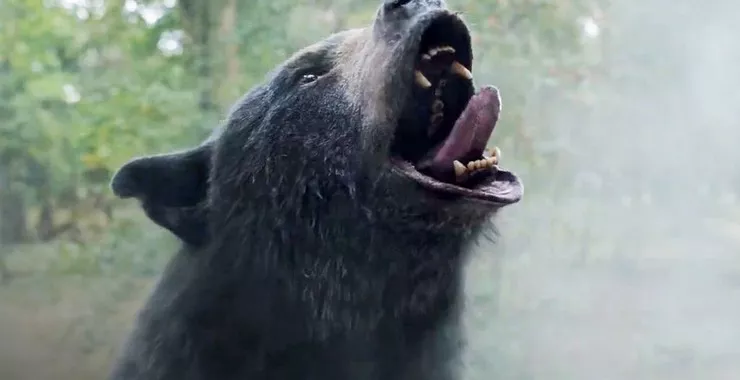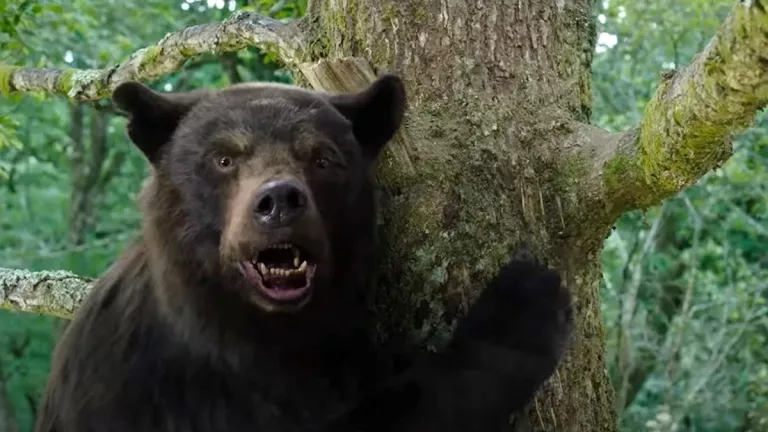For those who haven’t seen the movie Cocaine Bear yet, don’t worry – there are no spoilers in this article.
In the year 1985, the popular culture scene in the United States was marked by the ubiquitous charity song “We Are The World”, the trendy pastel colors and Patrick Nagel art prints in fashion, and the hit TV show “Miami Vice”, featuring Don Johnson as a dapper police officer who busts drug dealers. This era was also known as the golden age of cocaine, where the drug was highly sought after by wealthy individuals, including investment bankers and privileged youths. The business of importing cocaine into the US was risky but lucrative, and controlled mainly by the Medellin Cartel led by Pablo Escobar.
Interestingly, one of the easiest ways to get involved in drug trafficking was to be a former law enforcement officer. Andrew Thornton, a former DEA agent turned drug smuggler, plays a central role in the real-life story of the Cocaine Bear, which also involves his tragic end. In September 1985, Thornton and an associate piloted their Cessna on autopilot and dumped cocaine bricks over the Georgian woods before parachuting out over Tennessee. The reasons behind this action remain unclear, but the FBI later speculated that the plane may have been overloaded. Sadly, the Cessna crashed into a North Carolina mountain, and Thornton died when his parachute failed to open. His body, entangled in the parachute, landed in a residential area, along with 75 pounds of cocaine, gold Krugerrand coins, guns, and other weapons.

The fate of the Cocaine Bear after that night is a mystery that only animals like squirrels, river otters, and Bigfoot could tell. Humans did not come back into the picture until December, when the dead black bear was discovered by Georgian federal officials investigating Thornton’s drug operation. The bear had ingested nearly 90 pounds of cocaine, with a street value of $20 million. Surprisingly, there were no human victims found at the scene.
The bear’s age was uncertain, but at 175 pounds, it was either young, underfed, or had been consuming enough cocaine to suppress its appetite. The federal authorities sent the bear to a medical examiner as part of their investigation, and the examiner’s findings were disturbing. The bear had died from a drug overdose and suffered from various fatal conditions, such as cerebral hemorrhaging, respiratory failure, hyperthermia, renal failure, heart failure, and stroke.
The bear’s body was then stuffed and put on display at the Chattanooga River National Recreation Area, without its infamy being revealed to visitors. It was later lost in a storage room during the early 1990s, and some of its artifacts ended up in a local pawn shop, including the bear itself.
The Cocaine Bear’s journey then took it to country music legend Waylon Jennings, who allegedly acquired it as a collectible item. From there, the bear ended up in a Chinese medicine shop, where it remained until it was acquired by KY for KY, a popular souvenir store in Kentucky. The bear was displayed with various accessories and the nickname Pablo Escobear, along with a sign urging visitors not to use drugs, at least not to the extent of the Cocaine Bear’s fatal overdose. The true story of the Cocaine Bear is much more harrowing than the one portrayed in the upcoming movie, but it is a tale that deserves to be shared.

